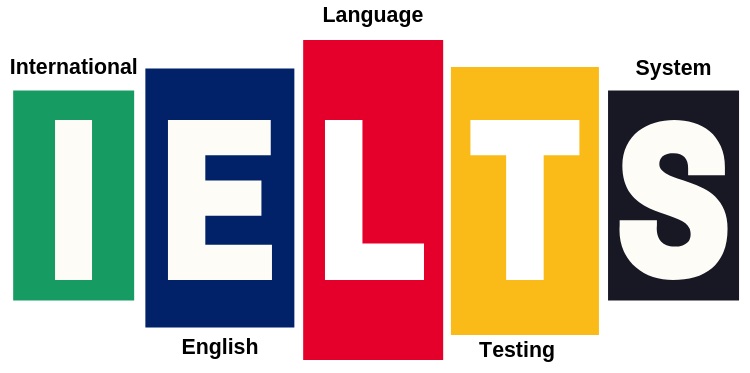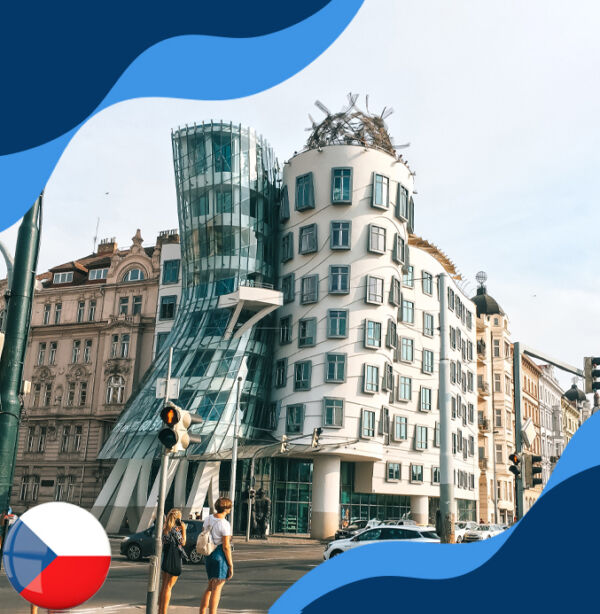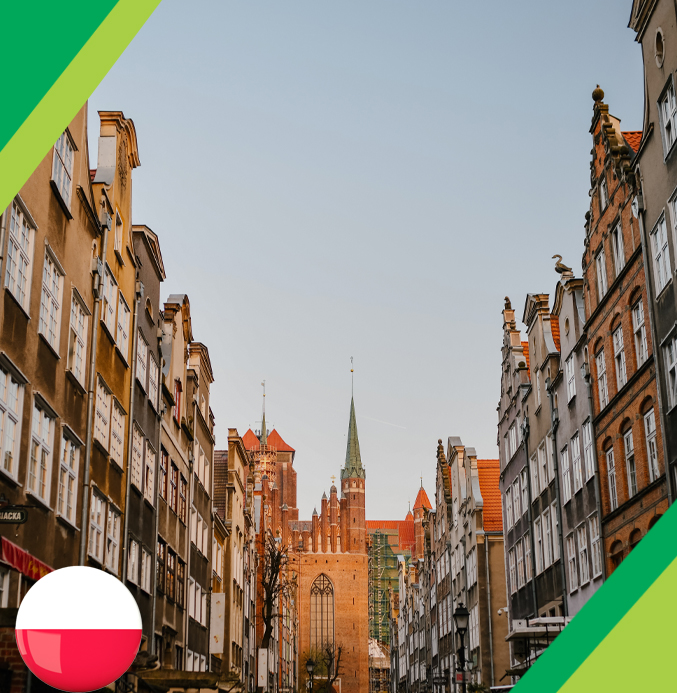Spoken English

A spoken language is a language produced by articulate sounds, as opposed to a written language. Many languages have no written form and so are only spoken. An oral language or vocal language is a language produced with the vocal tract, as opposed to a sign language, which is produced with the hands and face. The term “spoken language” is sometimes used to mean only vocal languages, especially by linguists, making all three terms synonyms by excluding sign languages. Others refer to sign language as “spoken”, especially in contrast to written transcriptions of signs
In spoken language, much of the meaning is determined by the context. That contrasts with written language in which more of the meaning is provided directly by the text. In spoken language, the truth of a proposition is determined by common-sense reference to experience, but in written language, a greater emphasis is placed on logical and coherent argument. Similarly, spoken language tends to convey subjective information, including the relationship between the speaker and the audience, whereas written language tends to convey objective information
The relationship between spoken language and written language is complex. Within the field of linguistics the current consensus is that speech is an innate human capability, and written language is a cultural invention.[5] However some linguists, such as those of the Prague school, argue that written and spoken language possess distinct qualities which would argue against written language being dependent on spoken language for its existence
Hearing children acquire as their first language the language that is used around them, whether vocal or (if they are sighted) signed. Deaf children will do the same with sign language if one is used around them. Vocal language must be consciously taught to them in the same way that written language must be taught to hearing children















